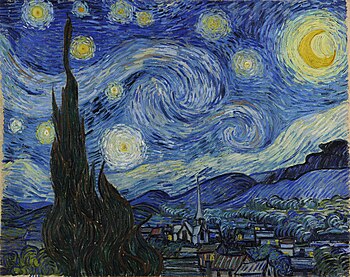Star Constellation
A group of adjacent fixed stars, usually interpreted as an imaginary figure such as Leo the lion or Cetus the whale. Star formations have been interpreted by different cultures since ancient times. Today there are 88 officially recognised star constellations. However, only twelve constellations along the sun's pathway across the heavens (the ecliptic) are the zodiacal constellations of greatest interest to astrology.
The star constellations along the ecliptic gave the signs of the zodiac their names but are not identical with them. A sign is a simple 30-degree band along the ecliptic. When the zodiac was developed in ancient Babylon the zodiacal signs and constellations were in roughly the same positions from the viewpoint of earth. However, the precession of the equinoxes caused the signs to move in relation to the sun-based tropical zodiac so that they are now about one sign apart. The fixed star-based sidereal zodiac used by Hindu and some western astrologers is more or less constellation-based. Because zodiac constellations occupy different widths along the ecliptic whereas signs are always 30 degrees, the sign-constellation match is not identical even in the sidereal zodiac.
This sign-constellation discrepancy sometimes leads critics to assume, incorrectly, that astrologers work with the "wrong" constellations. The critics argue, for example, that someone's sun in Leo is actually in Cancer because the sun appeared against the backdrop of the constellation of Cancer at his time of birth. Another common sign-constellation confusion is in the assumption that the constellation Ophiuchus (which touches the ecliptic) must be a missing "13th sign."
The critics ignore that Western astrologers work with the tropical zodiac signs and not the star constellations which gave the signs of the zodiac their names. Thus the first sign of Aries always begins at the spring equinox and the following circle of signs on the sun's ecliptic is divided into twelve equal segments.
Today some astrologers work with planets' and sensitive points' conjunctions to fixed stars, as part of astrology's ancient Mesopotamian legacy of gazing at the constellations.
See also
Weblinks
- Heavenly Imprints: Development of the Zodiac (in Babylonia; Deborah Houlding 1997, 2003)
- Ophiuchus puts his foot in it, but it's Cox who sticks the Boot in (Houlding, 2011)
